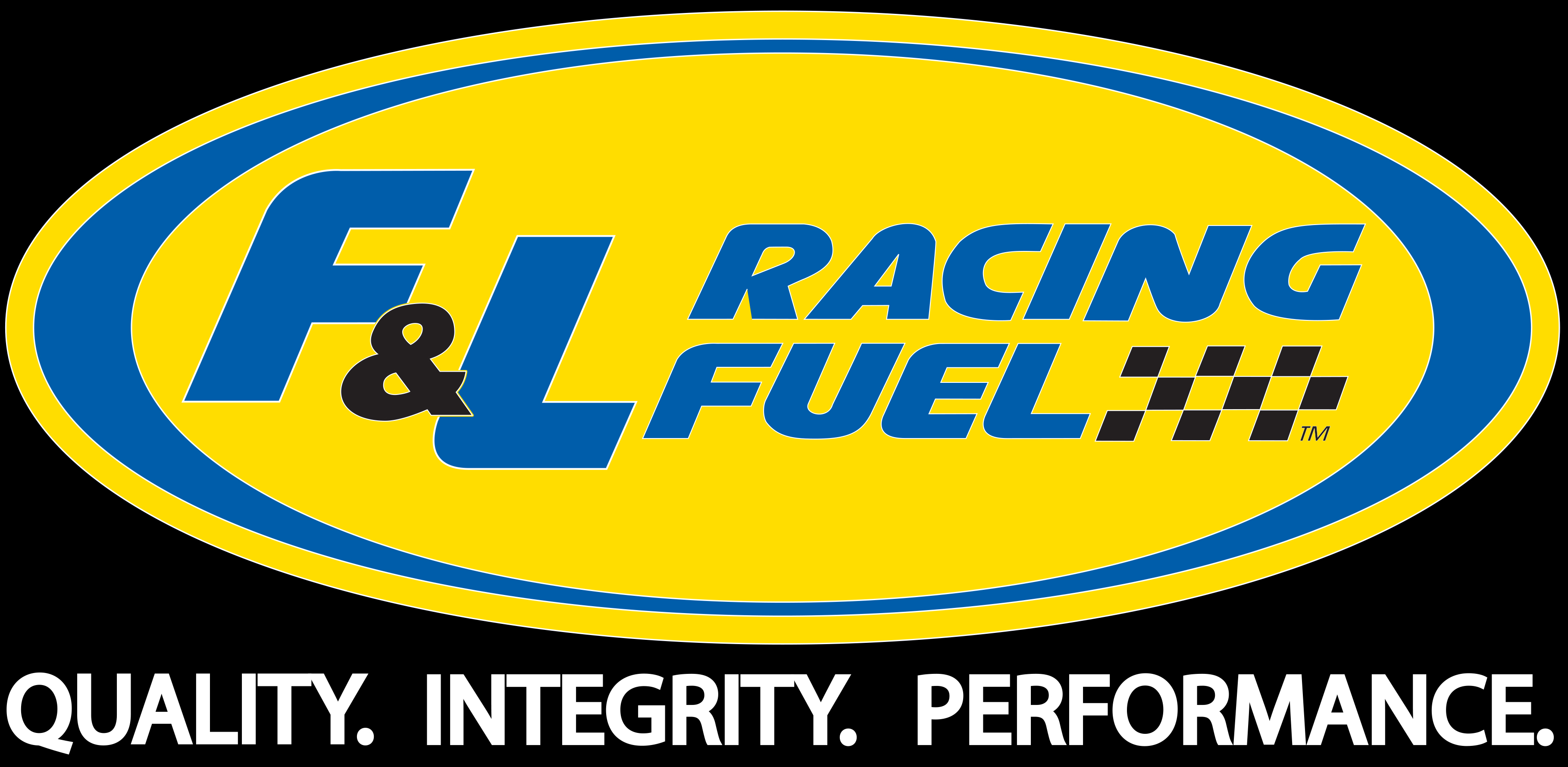Facts about racing fuel
Octane Ratio
This is an anti-knock scale developed in the 1920’s to rate the quality of gasoline’s ability to resist knocking or pinging. The higher the octane numbers the more protection against harmful knocking and pinging. There are two methods for testing octane, research and motor. Research octane uses a small, low RPM, one cylinder engine and motor octane uses a larger, higher RPM, one cylinder engine. The average of research and motor octane equals R+M/2. This is the legal rating on all fuels sold in the U.S.
Fuel Density
The weight of gasoline in relation to the weight of water. Gas floats in water so it is lighter – F&L Fuel has a density of .721 lb/gal. The important thing is to always use the same density fuel. Changing fuels can richen or lean an engine. Good race fuels never change their density. Fuel density is kind of like oil viscosity. Heavier weights flow less volume through a given opening. This is the same with gasoline – change the density and you can flow less or more through the same carburetor jet.
Reid Vapor Pressure (RVP)
Tendency of fuel to evaporate. Too high an RVP and fuel might boil in the pump or fuel lines. Too low and the engine won’t start when cold. Racing fuels have an RVP of approximately 7.0 PSI.
